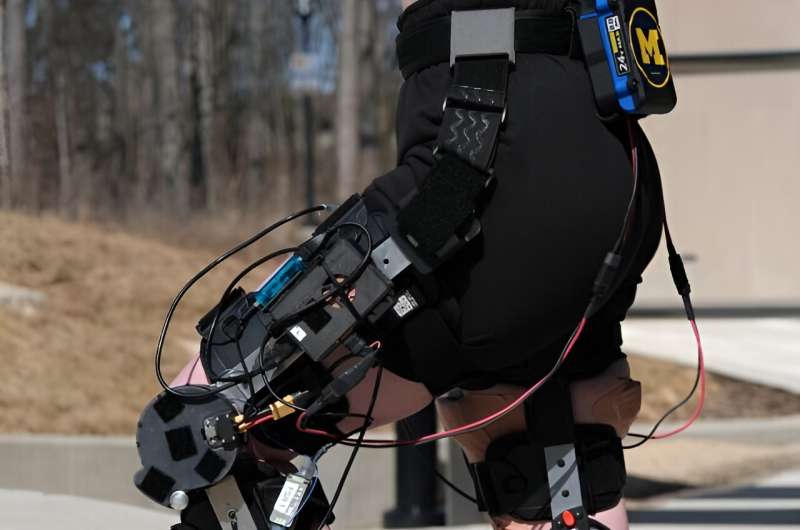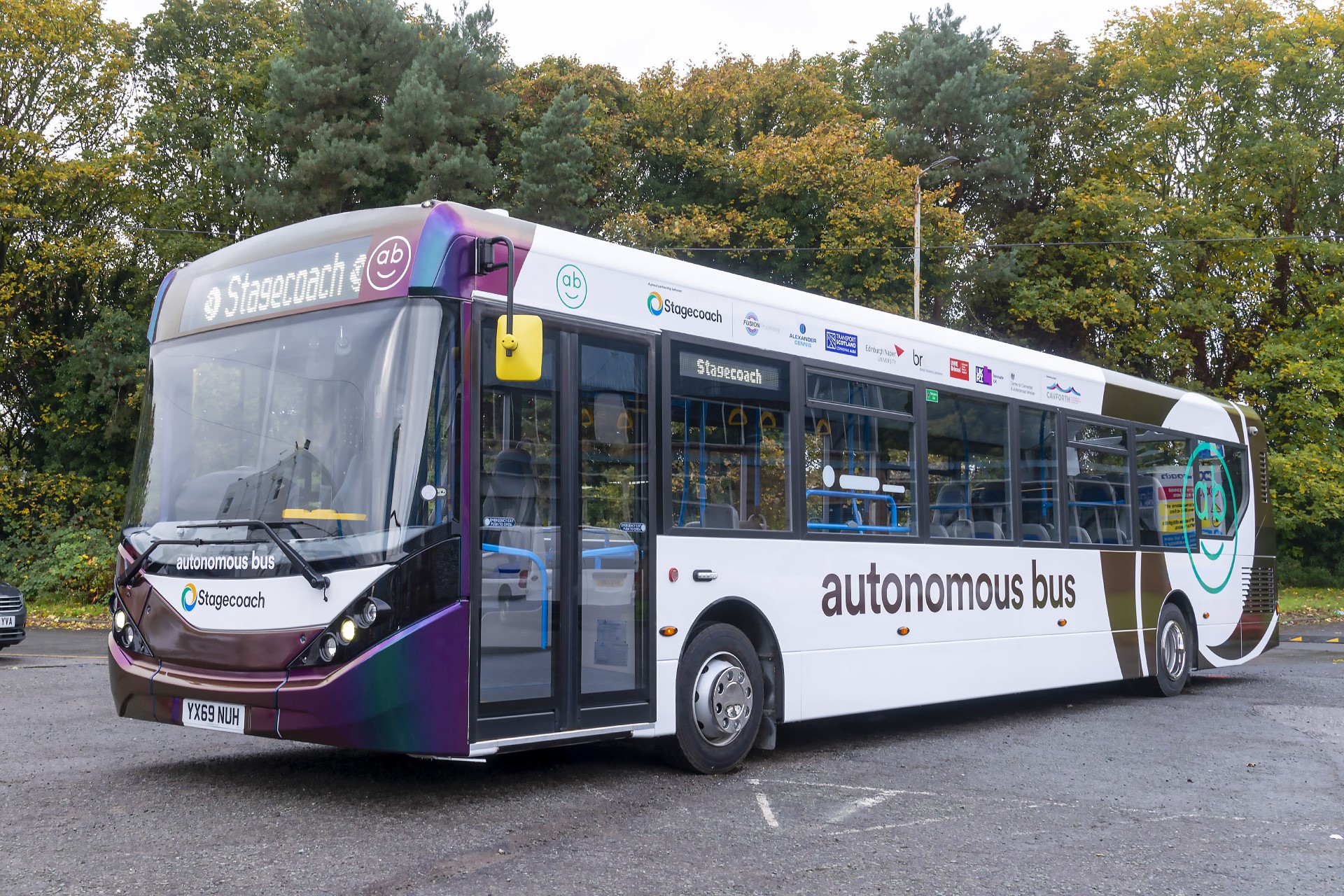In a groundbreaking development that promises to revolutionize the fields of soft robotics and wearable technology, researchers at Yale University have successfully created complex, stretchable electronics that can extend far beyond their original shape while maintaining full functionality. This innovation, developed in the laboratory of Professor Rebecca Kramer-Bottiglio, addresses one of the most significant challenges in soft robotics and could pave the way for more advanced and practical applications in various fields, from search-and-rescue missions to orthopedic therapy.
Bridging the Gap Between Soft and Rigid
The field of soft robotics has long been hampered by the fundamental mismatch between the pliable materials used for robot bodies and the rigid electronic components necessary for their control and operation. This incompatibility has forced designers to rely on external circuit boards, significantly limiting the functionality and potential applications of soft robots.
Prof. Kramer-Bottiglio's team has tackled this problem head-on by developing stretchable versions of Arduino, a popular open-source electronics platform. These new circuits can be seamlessly embedded into soft robots, allowing for unprecedented integration of complex electronics with flexible materials.
"We were able to overcome the usual obstacles with our manufacturing process and actually create many stretchable Arduinos," said Stephanie Woodman, lead author of the study and a Ph.D. student in Kramer-Bottiglio's lab. The team's creations are not just marginally flexible – they can elongate three to four times their original shape while maintaining full functionality.
Pushing the Boundaries of Stretchable Electronics
What sets this research apart is not just the stretchability of the circuits, but their complexity. According to Prof. Kramer-Bottiglio, "The demonstrations collectively mark a transition from one-off, functionally limited showcases to robust, reliable, and complex multilayer stretchable circuits."
The Yale team didn't stop at creating a single type of stretchable circuit. They demonstrated the versatility of their method by producing stretchable versions of various popular electronic boards, including the Arduino Pro Mini, Arduino Lilypad, Sparkfun Sound Detector, Sparkfun RGB, and Gesture Sensor.
Importantly, the researchers designed their fabrication process to be accessible and adaptable. They used common materials and eliminated the need for extensive equipment or specialized expertise, making it possible for other researchers and inventors to replicate and build upon their work.
A Novel Approach to Manufacturing
The key to the team's success lies in their innovative use of liquid metal and a clever manufacturing process. They began with a gallium-based liquid metal, which they exposed to oxygen by stirring, transforming it into a paste-like substance. This paste adheres strongly to both soft substrates and rigid electrical components, making it ideal for creating flexible circuits.
The researchers then employed a technique reminiscent of silk-screening. They used laser-cut paper masks to create the desired circuit patterns, applying the liquid metal paste over these masks. Once the mask was removed, they could place circuit components and encapsulate the layer, resulting in a flexible, functional circuit.
In a move that underscores their commitment to open science, the Yale team has made all their fabrication materials, methods, and circuit designs open-source. Detailed instructions for creating these stretchable electronics are available on GitHub, allowing other researchers to replicate and build upon their work.
Practical Applications and Future Potential
The implications of this breakthrough are far-reaching. The team has already demonstrated several practical applications of their stretchable electronics:
- Soft Robotics: They embedded their circuits into soft robots, including one that controls the gait of a quadruped robot while stretching. The electronics don't interfere with the robot's ability to change shape, a crucial feature for soft robotics applications.
- Wearable Devices: The team successfully applied their stretchable circuits to one of the most challenging areas of the body – the elbow. This demonstration highlights the potential for wearable devices that can assist with injured limbs or provide other medical benefits.
- Search and Rescue: The flexibility and durability of these circuits could lead to more adaptable and resilient robots for use in disaster situations.
- Orthopedic Therapy: Wearable devices with these stretchable electronics could revolutionize physical therapy and rehabilitation practices.
Challenges and Future Directions
While this breakthrough represents a significant step forward, challenges remain. The long-term durability of these stretchable circuits under repeated stress and varying environmental conditions will need to be thoroughly tested. Additionally, scaling up production for commercial applications will require further research and development.
However, the potential benefits are immense. As Woodman notes, "Not only are we making really stretchable circuits, but we're actually showing how this can be practically deployed in use cases all over the body and in the soft robots of tomorrow."
A Flexible Future
The work of Prof. Kramer-Bottiglio's team at Yale University marks a significant milestone in the development of soft robotics and wearable technology. By creating complex, stretchable electronics that can be easily integrated into soft materials, they have opened up new possibilities for innovation across multiple fields.
As this technology continues to develop, we can expect to see increasingly sophisticated soft robots and wearable devices that can adapt to complex environments and human body movements. From more effective search-and-rescue robots to revolutionary medical devices, the applications of this technology are limited only by our imagination.
The open-source nature of this research ensures that inventors and researchers worldwide can build upon this breakthrough, potentially accelerating the pace of innovation in soft robotics and wearable technology. As we look to the future, it's clear that flexibility – both in materials and in thinking – will be key to unlocking the full potential of robotics in our daily lives.


















